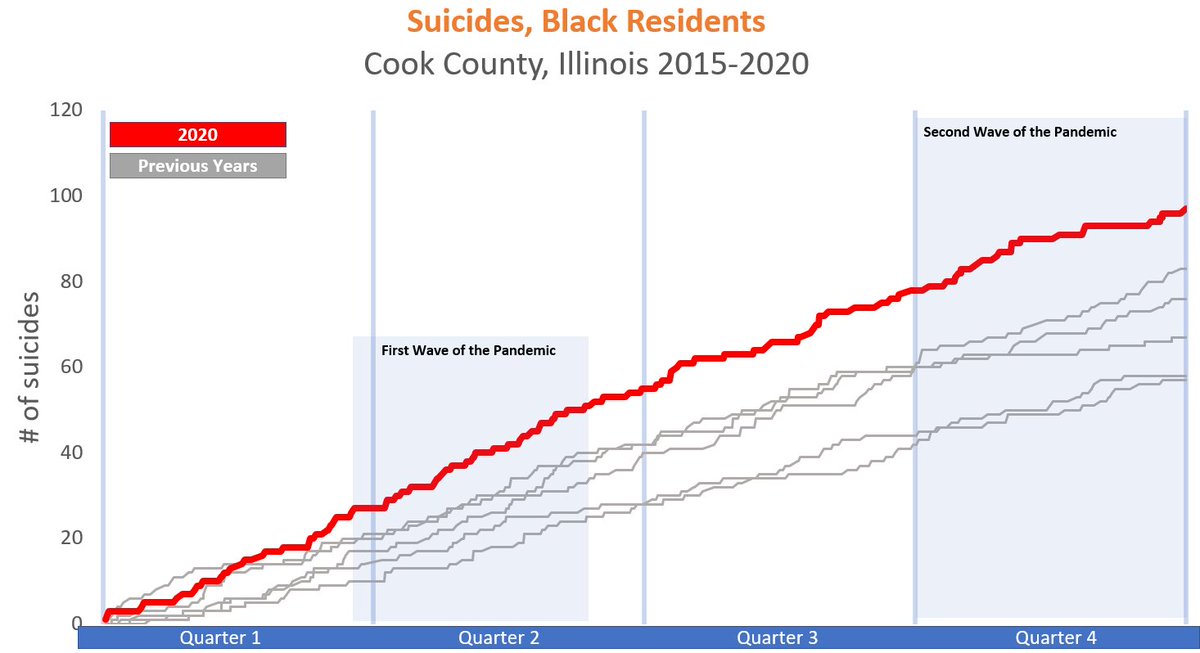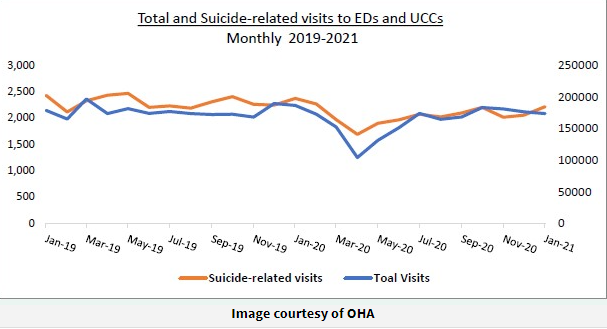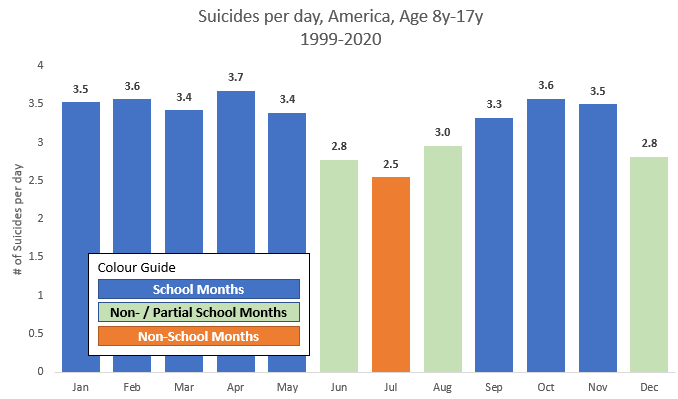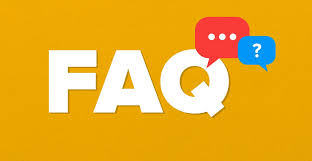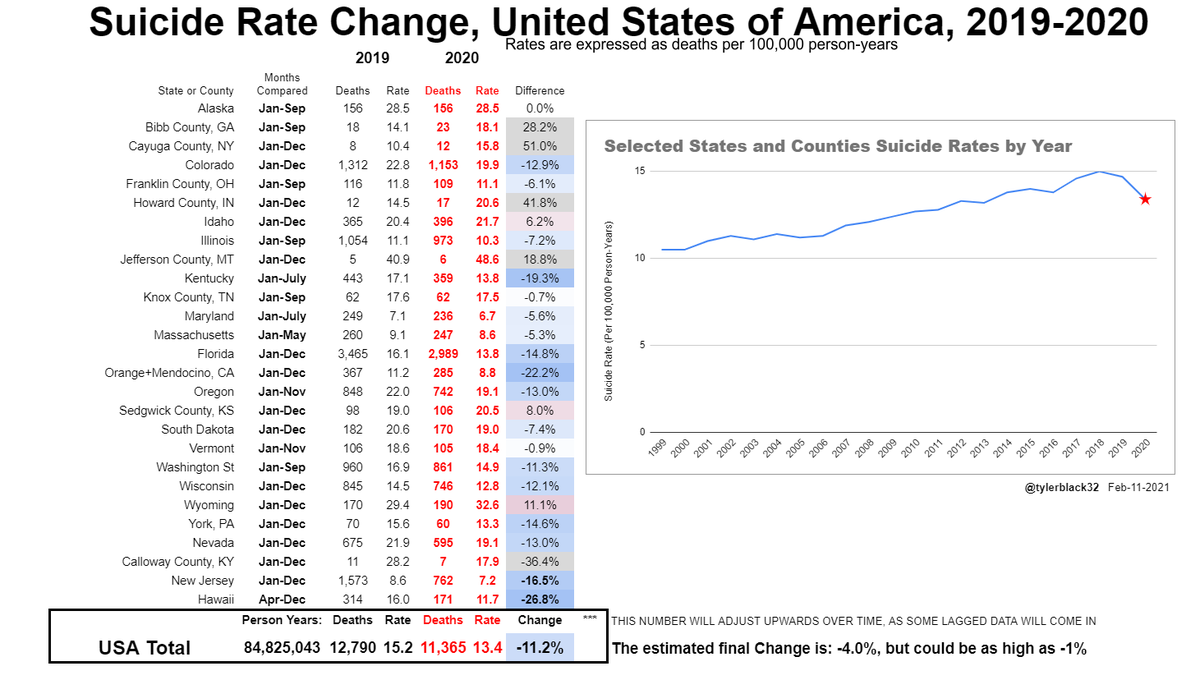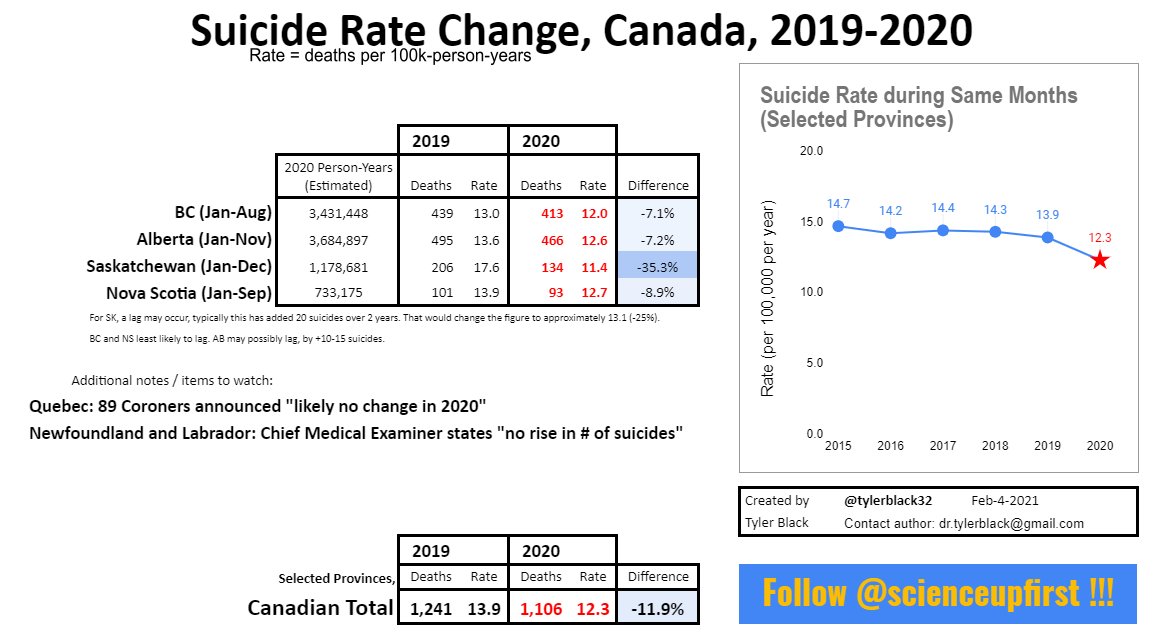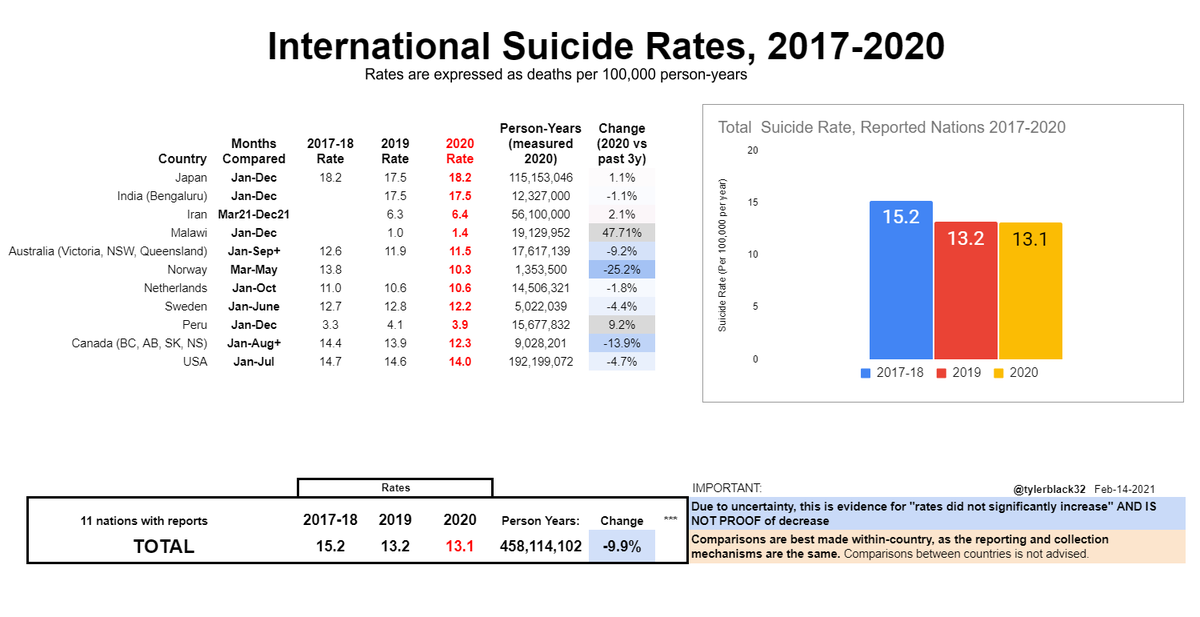
#Bullying Thread:
It's #PinkShirtDay2021.
Let's do some teaching on bullying!
Some people who could help will wear the #pinkshirt on this day and do nothing else.
Even worse, many bullies will wear them.
To reduce bullying we actually need **to do substantial things**
It's #PinkShirtDay2021.
Let's do some teaching on bullying!
Some people who could help will wear the #pinkshirt on this day and do nothing else.
Even worse, many bullies will wear them.
To reduce bullying we actually need **to do substantial things**

1/ Bullying has 4 main components:
First, it's between peers, but an imbalance exists (socially, physically) between these peers.
**This is important.**
Teachers can't bully kids, that's ABUSE.
Bosses can't bully employees, that's ABUSE.
First, it's between peers, but an imbalance exists (socially, physically) between these peers.
**This is important.**
Teachers can't bully kids, that's ABUSE.
Bosses can't bully employees, that's ABUSE.
2/ Second, bullying is designed to cause harm or fear.
Third, bullying is repetitive, and the repetition further enforces the imbalance that already existed.
Fourth, it is an attack that can be physical, verbal, psychological, or social.
Third, bullying is repetitive, and the repetition further enforces the imbalance that already existed.
Fourth, it is an attack that can be physical, verbal, psychological, or social.
3/ Physical bullying is what most people think of when they think of bullying. The big kid that pushes the little kid for laughs. Throwing things at the kid on the bus. This is more recognizable, but also can be subtle and missed.
It is seen most often amongst boys.
It is seen most often amongst boys.

4/ Psychological bullying would include intimidation without harm, creating a sense of fear through posture or threat that causes the person to act as if they were or could be harmed. 

5/ Verbal bullying is repetitive derogatory, insulting, profane, or painful words designed specifically to inflict pain. This can involve name calling, labelling, or even picking on painful things (for example, someone's dead parent, or living in poverty). 

6/ Relational/social bullying is the intentional exclusion, isolation, and slandering of reputation. This form of bullying is most common in girls. IT IS AS VICIOUS as physical bullying.
Racial/sexual bullying occurs in kids, and minoritized children will be victims.
Racial/sexual bullying occurs in kids, and minoritized children will be victims.

7/ Let's talk Numbers and Statistics.
Bullying has not significantly changed over time. In high school, rates have been incredibly stable over 11 years. Data: @CDCgov
In High School, approximately 20% of kids report being bullied.
Bullying has not significantly changed over time. In high school, rates have been incredibly stable over 11 years. Data: @CDCgov
In High School, approximately 20% of kids report being bullied.

8/ This is true for online bullying as well.
It has not increased.
ONLINE BULLYING HAS NOT INCREASED.
Hey, media, parents, everyone.
ONLINE BULLYING HAS NOT INCREASED!!!
"These kids today" bull💩 is bull 💩.
It has not increased.
ONLINE BULLYING HAS NOT INCREASED.
Hey, media, parents, everyone.
ONLINE BULLYING HAS NOT INCREASED!!!
"These kids today" bull💩 is bull 💩.

9/ Sliiiightly more boys than girls are bullied, a finding that has been consistent for the past decade. Boys, however, are more likely to be bullies.
Bullying peaks during middle school (12-15y) and decreases to the end of high school.
Bullying peaks during middle school (12-15y) and decreases to the end of high school.
10/ It doesn't stop there. Workplace bullying is certainly a thing:
Higher risk / representation:
* public sector
* health care
* women (victim)
* men (perpetrator)
* unionized employees
* authoritarian leadership
* health problems
* minorities (victim)
Higher risk / representation:
* public sector
* health care
* women (victim)
* men (perpetrator)
* unionized employees
* authoritarian leadership
* health problems
* minorities (victim)

11/ Here's the thing though. The public has a misperception.
We commonly ID "victim" and a "bully".
The highest risk group, for all outcomes we care about, is the "bully-victim", who was or is being bullied and bullies others.
Highest rates of poor outcomes, even suicide.
We commonly ID "victim" and a "bully".
The highest risk group, for all outcomes we care about, is the "bully-victim", who was or is being bullied and bullies others.
Highest rates of poor outcomes, even suicide.
12/ You may be surprised to know that the risk factors for becoming a bully or bullied are quite similar!
* chaotic upbringing, victims of abuse
* impoverishment or lower SES
* suffer from health problems
* large classrooms
* teachers' belief that bullying is "kids being kids"
* chaotic upbringing, victims of abuse
* impoverishment or lower SES
* suffer from health problems
* large classrooms
* teachers' belief that bullying is "kids being kids"
13/ Typically, what separates bullies from the bullied is that bullies tend to **externalize** (lash out or suffer consequences of external behaviours), whereas the bullied tend to **internalize** (lash inward, and suffer consequences of internal distress).
14/ Bullies might have behavioural problems before they bully, but the bullied are more likely to have anxiety and depression before they are bullied.
A perfect match of victim and bully.
A perfect match of victim and bully.
15/ So what can we actually do about bullying? Well, it actually requires more than buying and wearing a pink shirt for a day. Sorry.
16/ Let's:
End child abuse
Reduce classroom size
Improve family functioning
Lift kids out of poverty
Seriously fund mental health treatment
Improve neighbourhoods with material support
Combat systemic racism
These things cost more money and effort than buying a $10 t-shirt.
End child abuse
Reduce classroom size
Improve family functioning
Lift kids out of poverty
Seriously fund mental health treatment
Improve neighbourhoods with material support
Combat systemic racism
These things cost more money and effort than buying a $10 t-shirt.
17/ And (sorry if this hits close to the chest) parents, fix your shit. If you have dysfunctional relationships, it will influence how kids see and treat the world. Work on your issues. Stop subjecting kids to daily dysfunction. Seriously. Parents can be part of the problem. 

18/ Consider therapy, acting like grown ups, safe spaces to maturely resolve differences, not yelling in front of your kids, not subjecting your children to your problems, or a healthy divorce. 

19/ Kids who die by suicide are subjected to bullying at about the same rate as all kids, "end bullying" and is totally OVERPLAYED as an "anti-suicide message," but it is a minor factor.
Of course, I'm not complaining about reducing bullying.
Of course, I'm not complaining about reducing bullying.
20/ But if you want to have a bit of a preview on how to substantially reduce suicide in kids, i bet we might do a bit more if we address tweets 16-18.
21/ And most of all, the solution to bullying is not to "attack the bullies." These are often kids who are suffering. Revenge is NOT going to fix this problem.
22/ My presentation on bullying:
drive.google.com/file/d/1E-z8Ex…
The importance of *helping bullies*, most of whom are kids who are suffering: (on the radio 7 #pinkshirtday's ago!!)
cbc.ca/player/play/24…
drive.google.com/file/d/1E-z8Ex…
The importance of *helping bullies*, most of whom are kids who are suffering: (on the radio 7 #pinkshirtday's ago!!)
cbc.ca/player/play/24…
• • •
Missing some Tweet in this thread? You can try to
force a refresh



